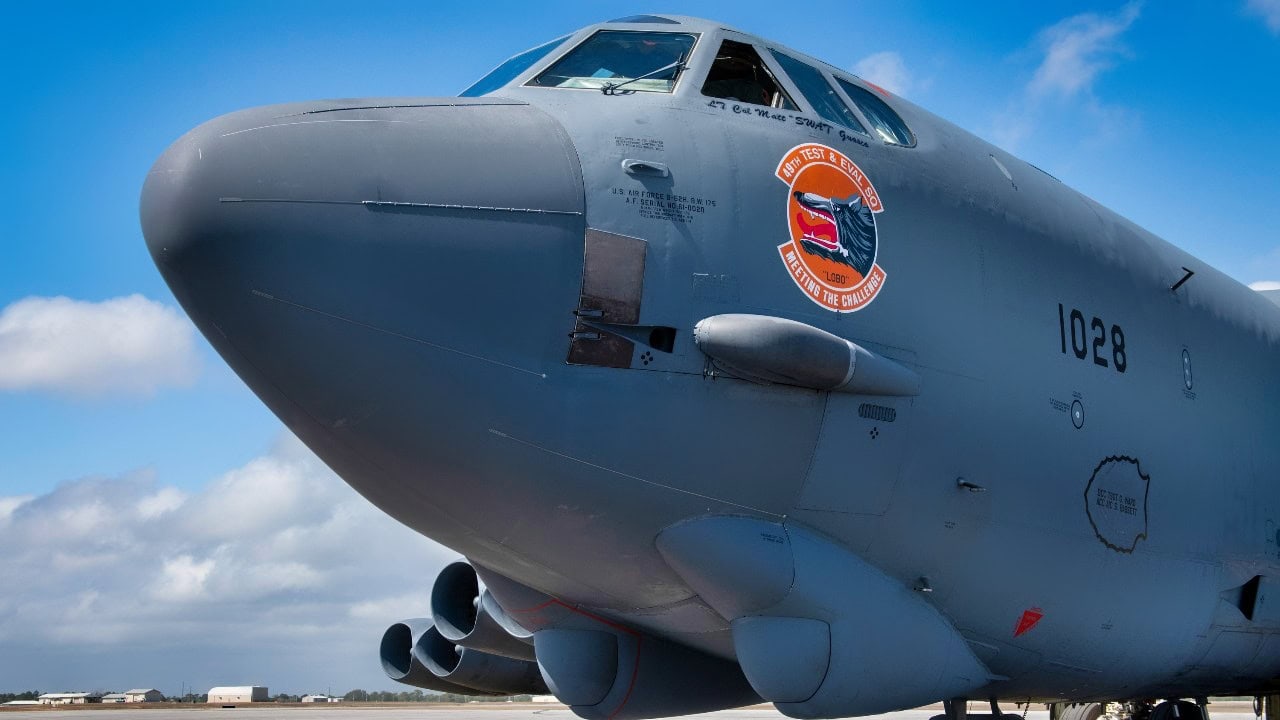We often write about great American warplanes at 19FortyFive, like the modern F-35 or F-22. The F-14 makes our list of impressive warbirds.
The F-4 Phantom was a gem and Vietnam-era workhorse, and the P-51 Mustang expertly helped win World War Two.
But what about the worst military airplanes the United States ever flew?
That is an ignominious list that is filled with failure and death.
These were often flying coffins, and no one wanted to take them to the wild blue yonder.
Here are the five worst U.S. military airplanes of all time.
Convair F-102 Delta Dagger: The Worst U.S. Military Fighter?
The ideas behind the Convair F-102 Delta Dagger were ambitious.
The U.S. Air Force wanted an all-weather multi-role fighter with a delta wing. It was also going to be supersonic – the first MACH 1 airplane.
It entered service in 1956 and quickly showed it was a dud. There were immediate problems. At first, it could not break the sound barrier. There was just too much drag.
Then, the engineers and designers decided to improve the fuselage. That seemed to work, and the airplane did reach MACH 1.22 at one point.
However, groups of F-102s came off the production line with different capabilities and characteristics. There was not a uniform manufacturing run.
The F-102 was also a flying coffin. Seventy pilots died while operating the Delta Dagger. The number lost to accidents was remarkably bad – 259 were destroyed or damaged.
The Americans built 1,000 F-102s but didn’t get the message that this was one of the worst fighter jets in U.S. history.
Vought F7U Cutlass
The U.S. Navy Vought F7U Cutlass fighter had a neat design in the 1950s, with dual fins and swept wings, but that was about it.
Numerous problems afflicted the Cutlass, and it became a death trap. There were 55,000 flight hours logged.
That was a strength, but there were also 78 accidents, and 25 percent of F7Us were lost. When it flew correctly, the airplane was underpowered, and pilots dubbed it the “Gutless Cutlass.”
It could fly 600 miles an hour at 40,000 feet, but that would not give it much survivability against enemy airplanes.
There were nose landing gear issues, and the pilots became afflicted with spinal problems after rough landings. Hydraulic fluid often leaked. The engines also flamed out when flying in wet conditions. No-one had good memories of the Vought F7U Cutlass.
Brewster F2A Buffalo
The Brewster F2A Buffalo was one of World War Two’s worst, if not the worst, fighters.
It looked non-threatening and diminutive with its stubby fuselage.
The airplane reeked of lousy design and underperformance.
It was no P-51 Mustang, and it quickly became outdated.
The Buffalo was outgunned by Japanese fighters, like the Mitsubishi Zero, which sported 20mm cannons.
The Buffalo had a bad war. It was outclassed by the Zero and struggled during the Battle of Midway.
The United States desperately needed a win, and the lackluster Buffalo could have lost the operation altogether.
After its terrible performance at Midway, the F2A retired for good.
Convair B-58 Hustler: The Worst U.S. Military Bomber?
The Convair B-58 Hustler had a great name that sounded speedy and maneuverable, but it never lived up to its potential.
This was a bomber with vast and powerful engines, delta wings, and early testing that showed it could outclass some of the best bombers in the world.
The Hustler was fast, with the ability to hit a blistering MACH 2 at high altitude, along with a great range of 3,500 nautical miles.
The biggest problem was that it was not pilot-friendly. The warbird gave aviators fits, and it was a handful in the air. The take-offs were difficult. The engines stalled frighteningly, and the bomber could go into a dangerous spin.
Out of 116 B-58s made, 26 were lost to mishaps.
The Christmas Bullet/ Cantilever Aero
The Christmas Bullet/ Cantilever Aero is an airplane you have never heard of, and with good reason.
This thing was a joke with a terrible design and many flaws. Dr. William Whitney Christmas was a physician who designed the bird.
Christmas had no prior experience with airplanes, aerospace engineering, or design. He just saw the success of the Wright Brothers and wanted to add his name to history.
He started an airplane company in 1909 and changed its name to Cantilever Aero in 1918 in time for the United States’ entry into World War One. That’s when the Christmas Bullet was born.
The first take-off was a tragedy. A wing tore off, and the pilot was killed. Christmas tried to cover up the mishap. He quietly re-built it again, and then a French pilot died while attempting to fly the cruddy airplane.
This thing never took to the air successfully. He eventually sold the patent to the U.S. Army for $100,000, and the Cantilever Aero never graced the skies.
About the Author: Dr. Brent M. Eastwood
Brent M. Eastwood, PhD, is the author of Don’t Turn Your Back On the World: a Conservative Foreign Policy and Humans, Machines, and Data: Future Trends in Warfare, plus two other books. Brent was the founder and CEO of a tech firm that predicted world events using artificial intelligence. He served as a legislative fellow for U.S. Senator Tim Scott and advised the senator on defense and foreign policy issues. He has taught at American University, George Washington University, and George Mason University. Brent is a former U.S. Army Infantry officer. He can be followed on X @BMEastwood.

